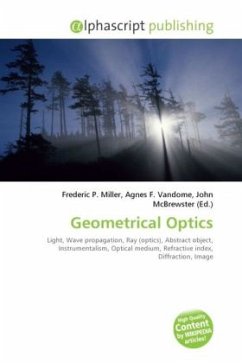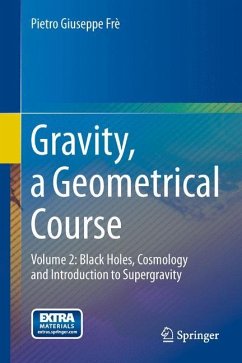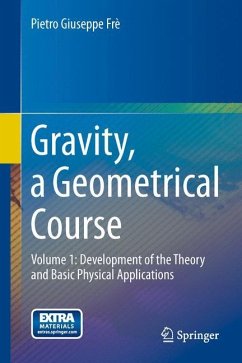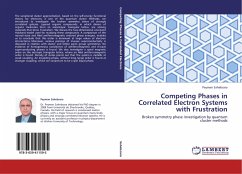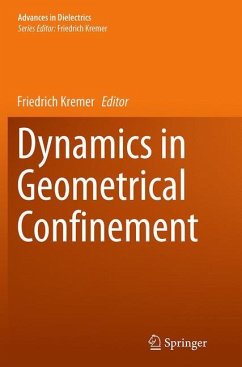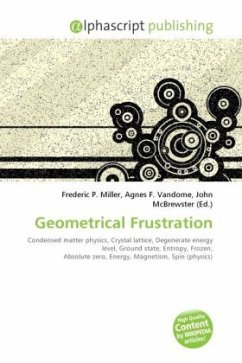
Geometrical Frustration
Versandkostenfrei!
Versandfertig in 6-10 Tagen
30,99 €
inkl. MwSt.

PAYBACK Punkte
15 °P sammeln!
High Quality Content by WIKIPEDIA articles! (Geometrical) frustration is a phenomenon in condensed matter physics in which the geometrical properties of the crystal lattice or the presence of conflicting atomic forces forbid simultaneous minimization of the interaction energies acting at a given site. This may lead to highly degenerate ground states with a nonzero entropy at zero temperature. Or in simple terms, the substance can't be completely and totally frozen, ever, because the structure it forms prevents collapse to a single minimal-energy state - something in there can always move, even...
High Quality Content by WIKIPEDIA articles! (Geometrical) frustration is a phenomenon in condensed matter physics in which the geometrical properties of the crystal lattice or the presence of conflicting atomic forces forbid simultaneous minimization of the interaction energies acting at a given site. This may lead to highly degenerate ground states with a nonzero entropy at zero temperature. Or in simple terms, the substance can't be completely and totally frozen, ever, because the structure it forms prevents collapse to a single minimal-energy state - something in there can always move, even at absolute zero, even without input of energy. The term frustration, in the context of magnetic systems, is due to Gerard Toulouse (1977). Frustrated magnetic systems have been studied for many years. Early work includes a study of the Ising model on a triangular lattice with nearest-neighbor spins coupled antiferromagnetically by G. H. Wannier, published in 1950. Related research on magnets with competing interactions, where different couplings, each favoring simple (e.g. ferro- and antiferromagnetic), but different structures, are present.



